Barley Stripe Mosaic Virus: Tips On Controlling Mosaic Virus Of Barley

Growing grain crops in the home garden can be a rewarding, but somewhat labor intensive, task. With the need to maximize space and crop timing, high yield harvests are especially important for growers when planting grain in small spaces. Recognizing and preventing various fungal and viral diseases which affect wheat, oat, and barley crops is an important key to success. One disease, barley stripe mosaic, can dramatically impact the overall health, vigor, and production of home-grown grain crops.
What is Barley Stripe Mosaic Virus?
Barley stripe mosaic virus is a seedborne condition which impacts vigor and yields of various grain plants, including barley, as well as some varieties of oats and wheat. Depending upon the virus, symptoms of the disease may vary greatly. Seeds infected with mosaic virus of barley will often appear misshapen, shriveled, or deformed. However, not all seeds may show cause for concern. If infected seeds are planted in the garden, resulting plants may be stunted and lack sufficient growth for seed production. This will result in harvests of diminished yield and quality. Mosaic virus of barley may also be transmitted from one plant to another within the growing space. While some plants which have been infected in this manner may develop yellowing and chlorosis of the foliage in a striped pattern, less severe cases of barley stripe mosaic virus may not show any immediate sign of the disease.
How to Treat Barley Stripe Mosaic
While there is no treatment for barley stripe mosaic virus, several measures must be taken by home growers to reduce the likelihood of introducing the infection into the garden. Most notably, gardeners should look for grain seeds that have been certified to be virus free. The purchase of virus-free seeds will ensure a healthier start to the grain growing season and reduce the presence of stunted, sickly plants. Choosing varieties which demonstrate noted resistance to the virus will also benefit as a preventative measure in the case of spread. As with many plant diseases, each season it is important to thoroughly remove any garden debris. This will prevent introduction of the virus into subsequent grain crops. By removing volunteer plants and garden waste, growers are able to better maintain healthy grains crops.
Gardening tips, videos, info and more delivered right to your inbox!
Sign up for the Gardening Know How newsletter today and receive a free copy of our e-book "How to Grow Delicious Tomatoes".

Tonya Barnett has been gardening for 13 years. Flowers are her passion. She has transformed her backyard into a cut flower garden, which she regularly chronicles on her YouTube channel http://www.youtube.com/@tonyawiththeflowers.
-
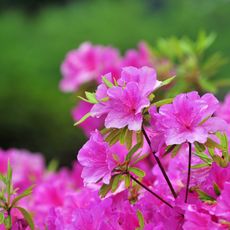 Ideal Azalea Water Requirements – For Lush, Healthy Shrubs That Will Thrive For Years
Ideal Azalea Water Requirements – For Lush, Healthy Shrubs That Will Thrive For YearsWhat are an azalea's water requirements? Learn how to keep these beautiful spring-blooming shrubs happy and healthy in your yard or container garden.
By Amy Grant
-
 7 Vegetables To Plant In April: Start Indoors Or Outside For A Bumper Summer Harvest
7 Vegetables To Plant In April: Start Indoors Or Outside For A Bumper Summer HarvestAchieve your growing ambitions with these best vegetables to plant in April – including cold-hardy crops to sow direct and tender varieties to start indoors
By Mary Ellen Ellis
-
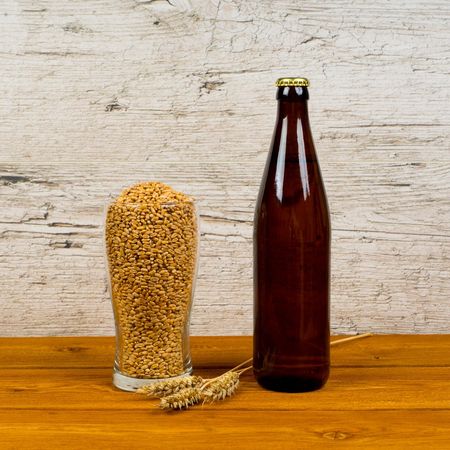 Growing Malted Barley – How To Grow Beer Barley At Home
Growing Malted Barley – How To Grow Beer Barley At HomeToday, there are many beer making kits available, but why not take it a step further by growing your own malted barley. Click on the following article to find out how to grow and harvest malted beer barley from your own backyard.
By Amy Grant
-
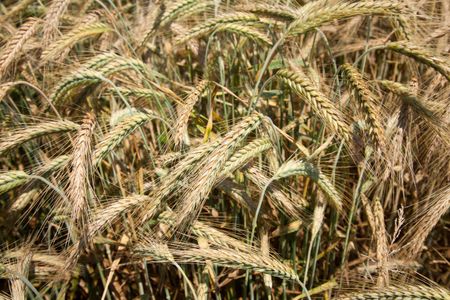 Barley Harvest Tips – How And When To Harvest Barley
Barley Harvest Tips – How And When To Harvest BarleyYou can easily grow a few rows of barley in your backyard garden. The trick to getting a good crop is knowing how and when to harvest barley. Click here for information about how to harvest barley, including tips on the timing of a barley harvest.
By Teo Spengler
-
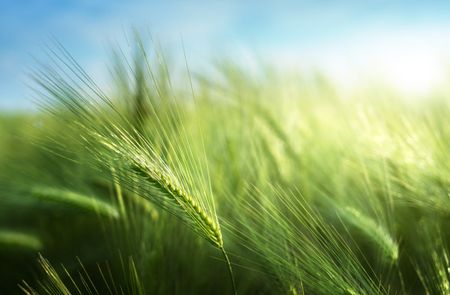 Barley Grain Care Guide: Can You Grow Barley At Home
Barley Grain Care Guide: Can You Grow Barley At HomeCan you grow barley at home? You don't need acres of land to grow barley in the garden, but it may be hard to source small amounts of seed. Even if you are not a beer enthusiast, you can learn how to grow barley for bread, soups and stews. This article can get you started.
By Bonnie L. Grant
-
 Barley Tillering And Heading Information – Learn About Barley Heads And Tillers
Barley Tillering And Heading Information – Learn About Barley Heads And TillersIf you are thinking of growing barley in your home garden, you’ll need to learn about barley tillering and heading. What are barley tillers? What is a barley head? Click on the following article to learn the ins and outs of tillering and heading of barley plants.
By Teo Spengler
-
Barley Basal Glume Blotch – How To Treat Glume Rot On Barley Plants
Basal glume blotch is a disease that can affect cereal grains, including barley, and can cause serious damage to the plant and even kill young seedlings. Click the following article to learn more about recognizing and treating basal glume blotch of barley crops.
By Liz Baessler
-
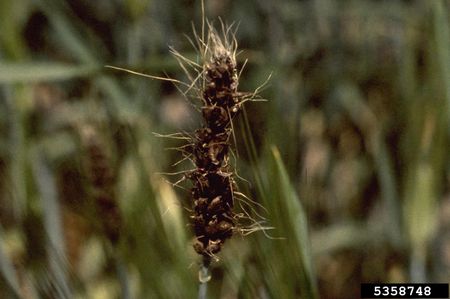 Barley Loose Smut Info: What Is Barley Loose Smut Disease
Barley Loose Smut Info: What Is Barley Loose Smut DiseaseBarley loose smut? It is a seed-borne illness that can occur anywhere barley is grown from untreated seed. The name comes from the loose seed heads produced that are covered in black spores. You don't want this in your field, so click here for more barley loose smut info.
By Bonnie L. Grant
-
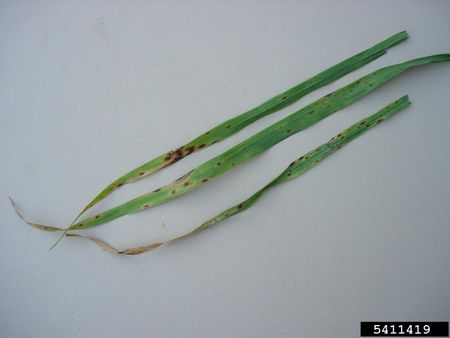 Spot Blotch Of Barley: How To Treat Barley With Spot Blotch Disease
Spot Blotch Of Barley: How To Treat Barley With Spot Blotch DiseaseBarley spot blotch disease can affect any part of the plant at any time. The disease can reduce yield and kill young plants. Click on the following article to learn about the steps to prevent and treat barley spot blotch.
By Bonnie L. Grant
-
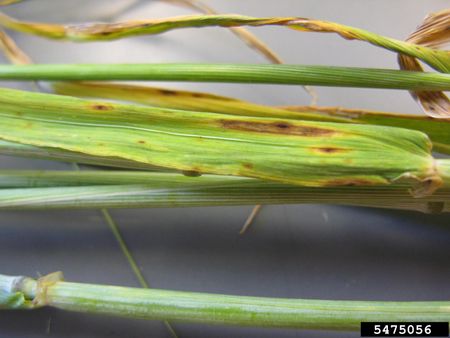 Barley Leaf Blotch Control: Treating Barley Speckled Leaf Blotch
Barley Leaf Blotch Control: Treating Barley Speckled Leaf BlotchBarley speckled leaf blotch is a fungal disease resulting in lower yields. While barley with leaf blotch is not a fatal condition, it opens the crop up to further infections that can decimate the field. Learn about preventing and treating leaf blotch in barley crops here.
By Amy Grant